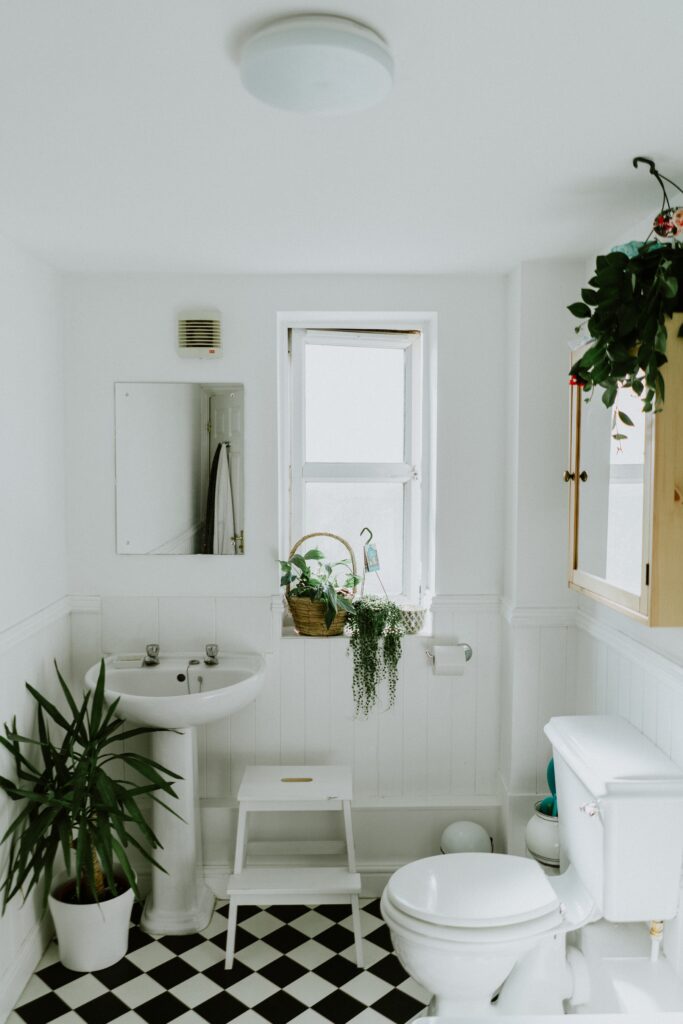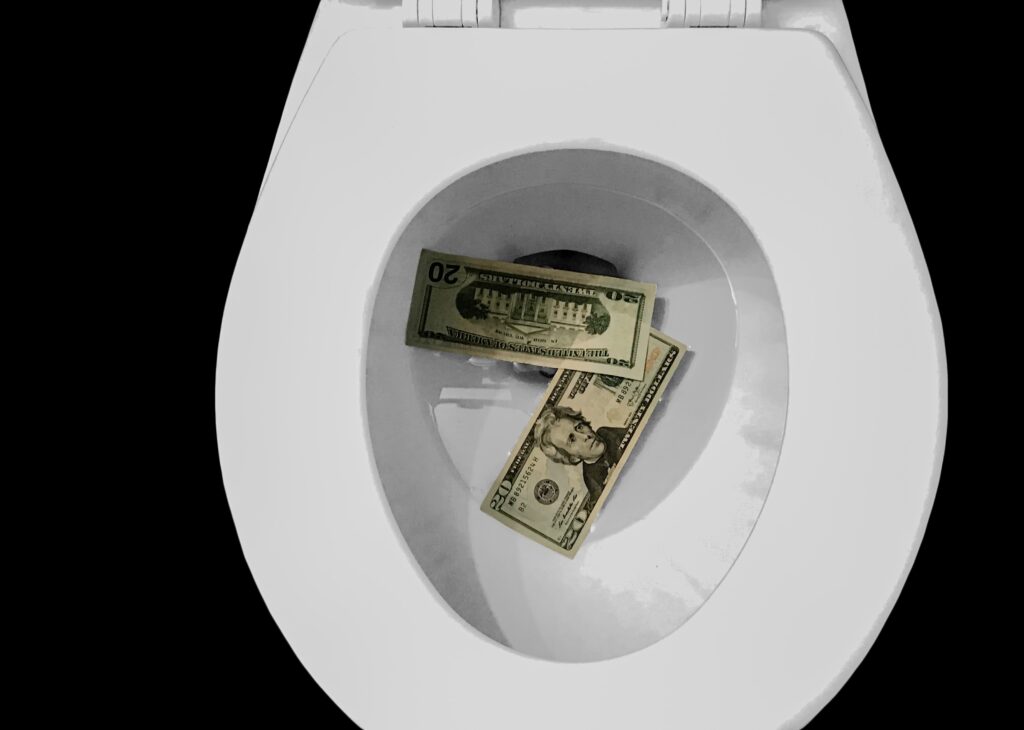It’s natural to want the best for your family. You put extra care and attention in choosing every furniture or fixture that goes into your home. This is to ensure your family lives in comfort and convenience.
Buying toilets sounds like a mundane task you can do with your eyes closed. On the surface, they look and function the same, but not all bathroom toilets are created equal. Cost is undoubtedly a significant factor to consider, although you need to work with a few more criteria so you get the best bang for the buck.
Your goal is to find the best toilet for the family that matches your family’s needs perfectly. Here it goes.
Size and Shape
Rough-in Dimensions
Toilet rough-in is the distance between the finished wall and the toilet’s main drain as held down by flange bolts. A standard rough-in measurement is 12 inches, although 10-inch and 14-inch variations also exist.
Check the current toilet rough-in dimensions to find a matching replacement.
Seat Height
Toilet seats have a standard height of 15 inches, but they can go higher, such as 17 to 19 inches, as in the case of comfort-height seats. Also known as right-height seats, comfort-height seats are good for the knees and back and compliant with the Americans with Disabilities Act.
The good of either choice:
- Regular-height toilet seats are ideal for kids and bathroom posture, perhaps.
- Family members who are taller or have mobility issues can benefit from comfort-height seats.
Bowl Shape
Generally speaking, you have two choices for your toilet bowl, with their perks:
- Round: this bowl takes up less room and costs less.
- Elongated: this bowl shape provides seating room and comfort.

Water Usage
The Energy Policy Act of 1992 was instrumental in installing low-flush toilets into the seat of power and banning commodes that consume more than 1.6 gallons of water per flush. California laws are even more rigid, with 1.28 gallons per flush as the standard. EPA’s WaterSense label is also hinged on the California standard.
Except for really old houses, you can expect most, if not all, modern toilets go by the standards, especially the federal rule. Some toilets take their water efficiency a step further with dual-flush technology: a partial flush takes care of liquid waste and a full flush for solid waste.
Flushing System
Flushing ability is a criterion in itself. And there are two ways toilets can deliver their prowess:
- Gravity-fed toilets are what their name implies. They have a flush valve that uses gravity for water to drop from the tank into the bowl. These toilets are straightforward and are less noisy, which is an appreciated gesture.
- Pressure-assisted toilets leverage pressure to thrust water down the waste line. These toilets are compatible with large families, although they do have a noisier flush. Pressure-assisted toilets also require 25 pounds per square inch (psi) of water to work, more than what it takes to operate gravity-fed toilets.
Cleaning
The task of cleaning can be daunting or painless depending on the toilet:
- One-piece versus two-piece. One-piece toilets are simpler to clean than the regular ones with a separate bowl and tank that can trap dirt and grime. However, one-piece variants tend to cost more than the regular toilet does.
- Visible versus concealed versus skirted trapways. These refer to the toilet’s profile. Toilets with visible trapways have curves that are a challenge to clean.
Concealed-trap toilets do away with some of the curves found in visible traps, making them easier to clean. Skirted-trap toilets offer a smooth front-to-back design. That’s why it’s the easiest to clean among the three.
Cost
The price does not guarantee performance. Many factors that go into the purchase decision, but the standouts are the following:
- Flushing power
- Daily wear and tear
- Future repair costs: for example, how much does a custom seat replacement cost?
A Case for Upflush Toilets
Upflush toilets may be what you need for your home. Consider the merits of owning this self-contained toilet, for example:
- Water-efficient: has a dual-flush version using 1.28 gallons per flush and 1 gallon per flush
- Compact: takes up little room, ideal in basements, closets, and any small spaces
- Access: supports the needs of people with physical limitations
- Maintenance: makes for easy cleaning as the toilet comes in a compact unit
As the upflush toilet will show, you have plenty of choices for the best toilet for the family. Don’t be afraid to explore and look beyond the regular. You can do a quick online search for your options, ask for further details like seat height, or confirm their dimensions in person.
If there’s one thing you have to be on the safe side, it is color. A colored toilet can complicate things when you have to redecorate, remodel, or sell your house.
More Tips